
On a sunrise drive, we came across a spur-winged lapwing whose four eggs had just hatched. She cowered over them, protecting them from the vehicle; all we could see was four sets of toothpick legs. We stopped and sat quietly, giving her space and time to relax. She grew more comfortable and eventually opened her wings and sat upright. Underneath her were the most gorgeous balls of feathery fluff.
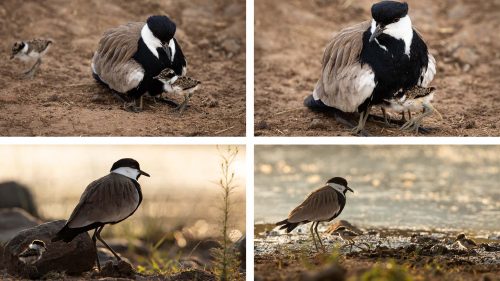
We watched for over half an hour as these chicks found their feet. Like wind-up toys, they would run around the sand, rocks and gravel, eventually scurrying back to their mother, completely exhausted and quickly falling asleep underneath the protection of her wing. I returned to the site almost every day. By the fourth day, I was amazed to see how they had grown in confidence and agility. They were now venturing as far as 10 metres from their devoted mother. Let’s hope that they continue to grow so we can document their development.

The cubs were located for the first time this week, stashed away in a secure den-site in the southern regions of the Triangle. We estimate the cubs to be between two or three months old. She is one of the most successful leopards in the Triangle with a strong lineage.
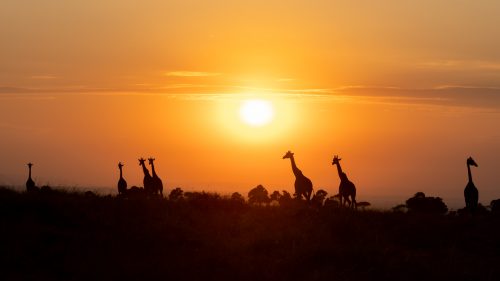




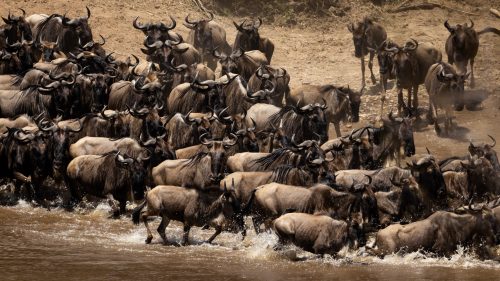
It is near impossible to go a single day without hearing a different opinion on why things are the way they are. Regardless, there is still much action in the southern portions of the Mara River.
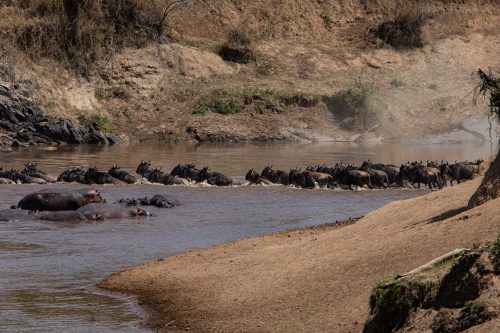
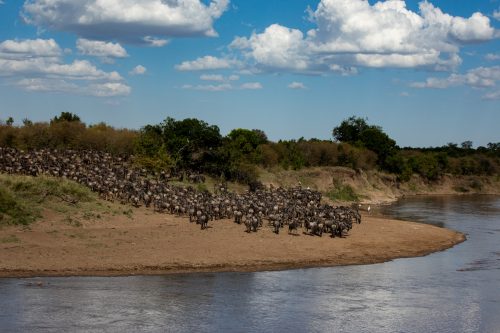



The days are heating up and all animals need to drink. The small watering holes, drainage lines and depressions become focal points for animal movement.

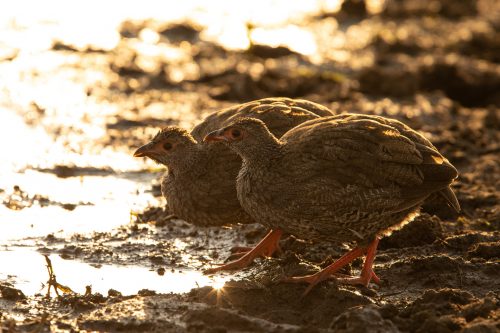

Whilst waiting at a potential crossing point I came across Anthony Kiplunghurt who was the winning guide from The Greatest Maasai Mara Photographer of the Year competition in 2020. He guided Paolo Torchio when he captured his gorgeous winning photograph of the leopard in the rain. Part of Anthony’s prize was a trip, along with four other guides, to Victoria Falls and the Zambezi River. With two months left in this year’s competition, the question we are all asking ourselves is who will win, and which guide will be making his, or her, way to South Africa’s Kruger National Park?

Down in the far south-western portion of the Mara Triangle, some very large wildebeest herds have started moving north back into Kenya after a brief return to Tanzania, providing much relief for the resident lion pride in the area.
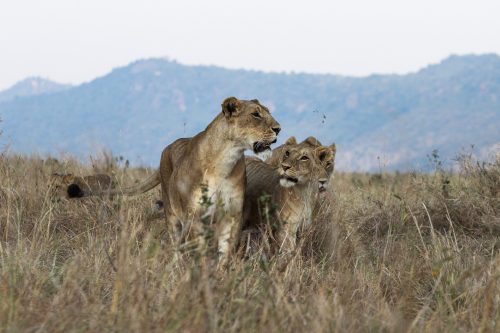
For the last few years, this has been the most stable pride in the Mara Triangle. The reason was largely due to the dominance and stability allowed to them by the pride male: Ol Donyo Paek. Sadly, a few days ago this legend passed away — killed in a battle with two males believed to have moved in from Lamai, Serengeti. The natural order for pride takeovers means that the new males in the area will immediately seek to hunt down any cubs sired by the previous male. There is no such thing as adoption. They want to dispose of the cubs and force the lionesses into heat, this way the new males can continue their bloodline.



What took me off guard is when we found these two new males one morning, they were in the company of three other males whom we have identified as three of the six Sausage Tree Pride Young males — the boys fathered by the late Ol Donyo Paek. There didn’t seem to be much love, nor tension, between all five males, more of a tolerance. Who knows how this will all play out?
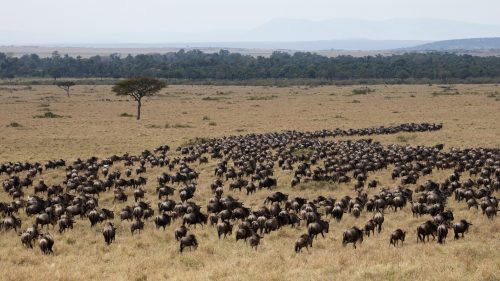
Looking back over the years always tells a fun story. This week a year ago, we had the Migration extending a fair distance north of where it now is. For me, the best Migration herd shots are the ones showing the snake-like movements of the animals.
Filed under: This Week at Angama
Subscribe for Weekly Stories
Comments (0):
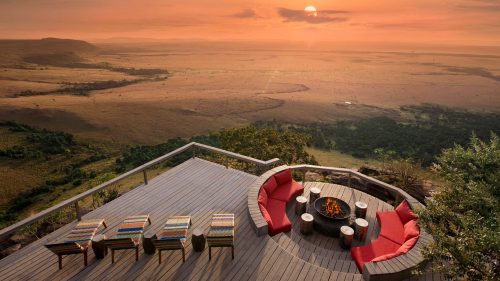
Angama Image Gallery